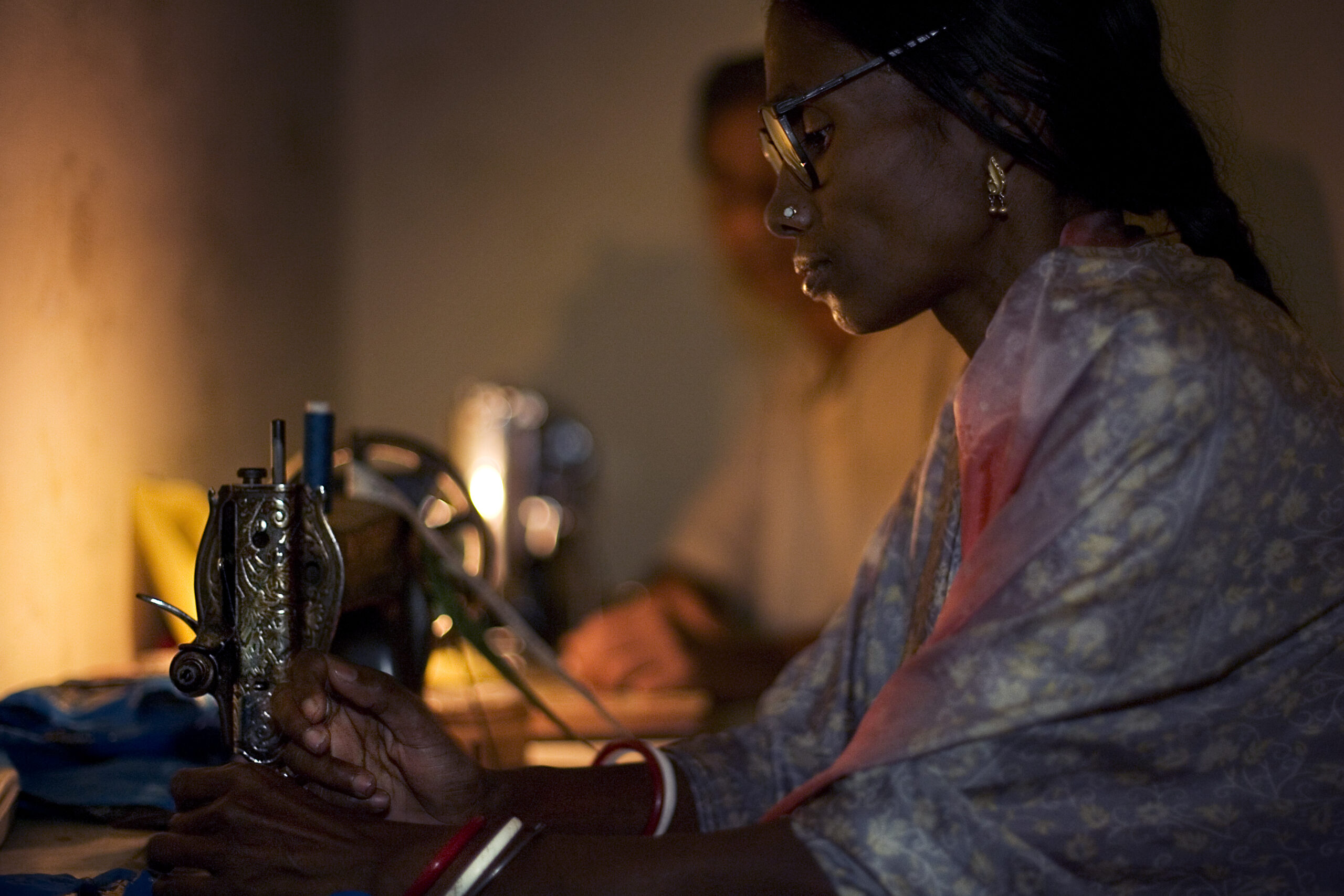Bureaucrat, civil servant and officer in the Uttar Pradesh cadre of the IAS, Durga Sakthi Nagpal is a role model for young girls today. She came into public view after launching a massive drive against corruption and illegal sand mining within her jurisdiction of Gautam Budh Nagar. She was later suspended by the Uttar Pradesh government for allegedly demolishing an illegal mosque wall in a village in Greater Noida, which resulted in severe opposition as it was perceived to be based on flimsy grounds. Her suspension was revoked by the Uttar Pradesh government on 22 September, 2013.
Nagpal was appointed in the Agriculture Ministry as OSD (Officer on Special Duty) to the Union Agriculture & Farmers Welfare Minister, Radha Mohan Singh in January 2015, a post that she currently holds. Excerpts from an interview:
How can the youth of India participate in fighting corruption?
The youth of India needs to play a significant role in this regard. In a country where more than 50% of the population is below the age of 25, their role in facilitating change, including fighting corruption can be decisive. As India leverages the power of its young in shaping our socio-economic discourse and future roadmap, corruption is a serious stumbling block.
It would be incumbent upon the young to remove this impediment from every level of governance starting from school and neighbourhood to various levels of bureaucracy and political processes. They must ask questions, fix responsibility and seek accountability. It is the best time ever, being digitally equipped and technology savvy, and additional demographic advantage, the youth can give a big momentum to the mission of creating awareness, building appropriate environment and endeavouring for consensus.
What is the driving force behind your decisions?
Ever since I joined the civil service, all my decisions have been based on seeking the truth and upholding the rule of law for the greater public good. I am cognizant of the trust and responsibility the constitution of India and the people bestow upon us, the bureaucrats, and so it is not only our moral duty but also a matter of national pride in striving to bring about qualitative changes wherever feasible.
Women in India face a lot of prejudice, particularly if they are career oriented. How was your journey towards being an IAS officer?
My journey happily has been prejudice-free both at home and workplace. My parents have nurtured and encouraged me to pursue higher education, explore opportunities, choose freely and make my own decisions. Even in my earlier role as SDM, NOIDA (Gautam Budh Nagar, UP), I was the only woman in the special task force in GB Nagar to raid sand mining mafias. This fact
never deterred me, intimidated me or made me less focused on my duty.
However, there is no denying that gender bias exists in our society and this struggle for parity continues. Women in present-day India are stronger, opinionated and have the ability to choose their own path. Their voice is being listened to and respected and it’s a very welcome change.
What are your thoughts on the need for women to have more leadership roles?
A vast majority of women, especially in rural India, live in poverty, discrimination and abuse. They have to be empowered more through social evolution than governmental intervention. This should not mean that the government does not have any role; indeed the government has to constantly work to facilitate the empowerment process in ever fresh and innovative
ways. At the same time, it is true that women achievers do inspire other women by instilling faith and confidence in them.
This is also one of the reasons why more women administrators, legislators or in leadership roles play a crucial role in women empowerment. They are more empathetic to the problems of the public.
In politics, to meet the reservation quota, women with no inclination for it, are made to contest the election on behalf of their husband or father. This is an exploitation of the law which does nothing to put women in more decision-making positions. How do you think this can be resolved?
It is rather too simplistic to look at it in this manner. The law has provided for women reservation but what you describe has nothing to do with law but the evolution of a society where women can be empowered so that they are brave to choose and respond to their own calling and not be dictated by others. We as a society have to come around the fact that women with greater responsibility can make a long-lasting and visible impact. Reservation of women in Panchayat and local bodies is an inclusive step towards enabling more women in decision-making roles. And this needs to be replicated at other higher
levels, without too many thoughts anymore.
How do you think CSR can participate in reducing corruption in the country and what role can women play?
The government is always conscious of the need to regularly strengthen the anti-corruption mechanism. It is, however, a social responsibility and duty of every citizen including corporates to ensure a free, just and corruption-free society. Beyond government regulation, the private sector must make self-regulation a part of their ethos and also take responsibility for social issues.
It is well established that women can handle their varied roles more sincerely, transparently and dedicatedly. The mandate of having a woman director on the board of companies is a positive step. CSR can be an effective change agent towards developing a corruption-free, healthy society.
We believe that removing patriarchy by making a female-dominated society is not an answer to balanced national development. Equality is the answer to it. For this, reservation for women in various sectors cannot be justified. What are your
thoughts on this?
Yes, you are right that equality is the answer, ultimately. But today the society is highly skewed, with prevalent prejudice barriers and the under-utilized talent of womankind. Women’s fight for equality is not a struggle of today but centuries. Close to 50% of India’s population are women and the country will be able to realize its true potential only if this half is brought into the mainstream.
Reservation is an important means but not an end to achieving an equal society. Both have to go hand in hand towards achieving the ultimate objective of parity. Our society is still not fully equipped to provide equal opportunity to its women. Bringing them to the forefront is crucial for India to take the path of balanced national development.
How would you paint the India of your dreams?
My idea of India is a corruption-free society where equality and social and communal harmony exist. When we achieve this, we would pull millions of people out of poverty. This would create an ecosystem of parity in class and gender and build an inclusive model of growth and development in our country.
Excerpts from an interview published in the current edition of our print magazine. To grab a copy, click here
Thank you for reading. Please drop a line and help us do better.
Regards,
The CSR Journal Team












